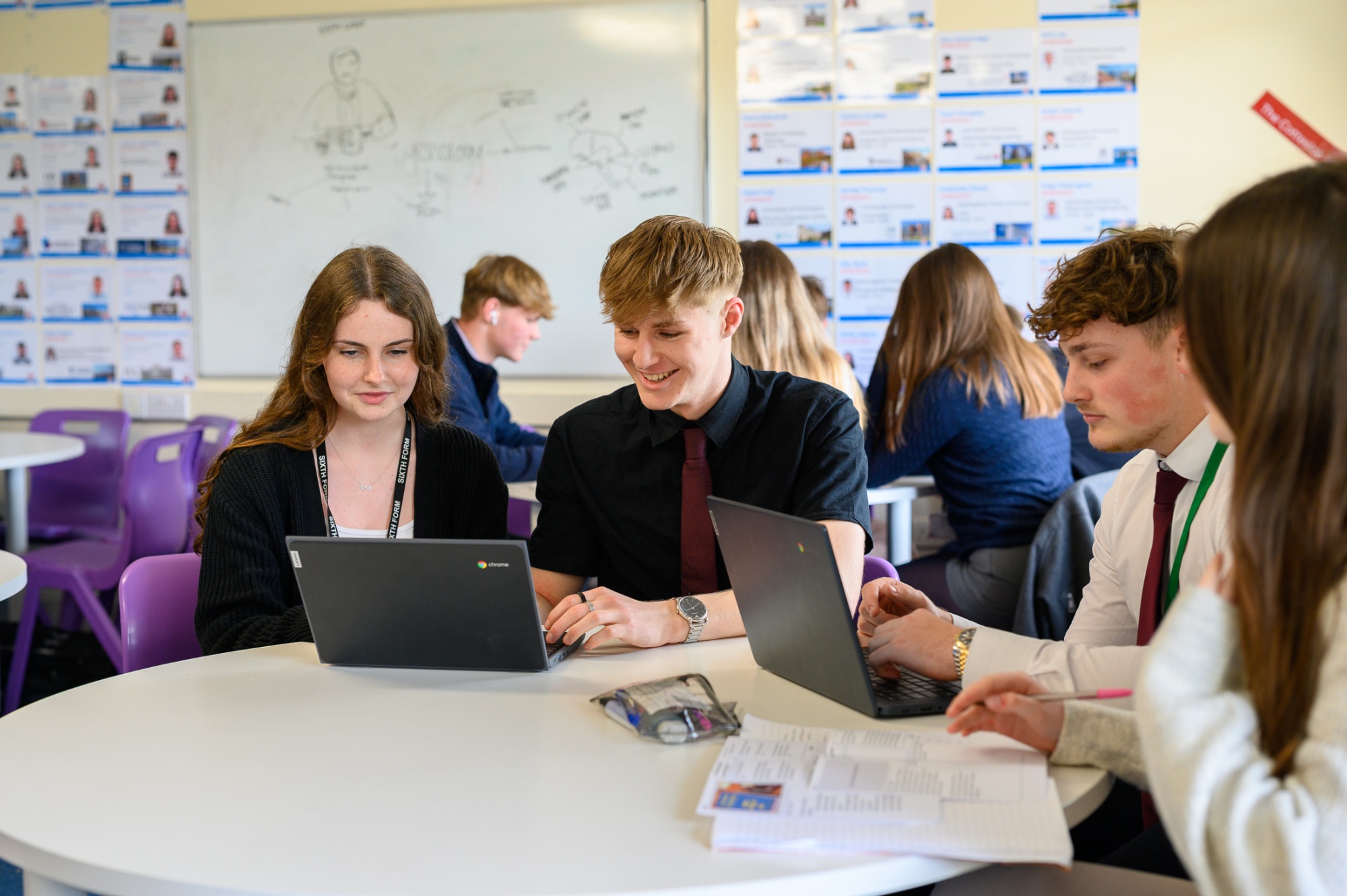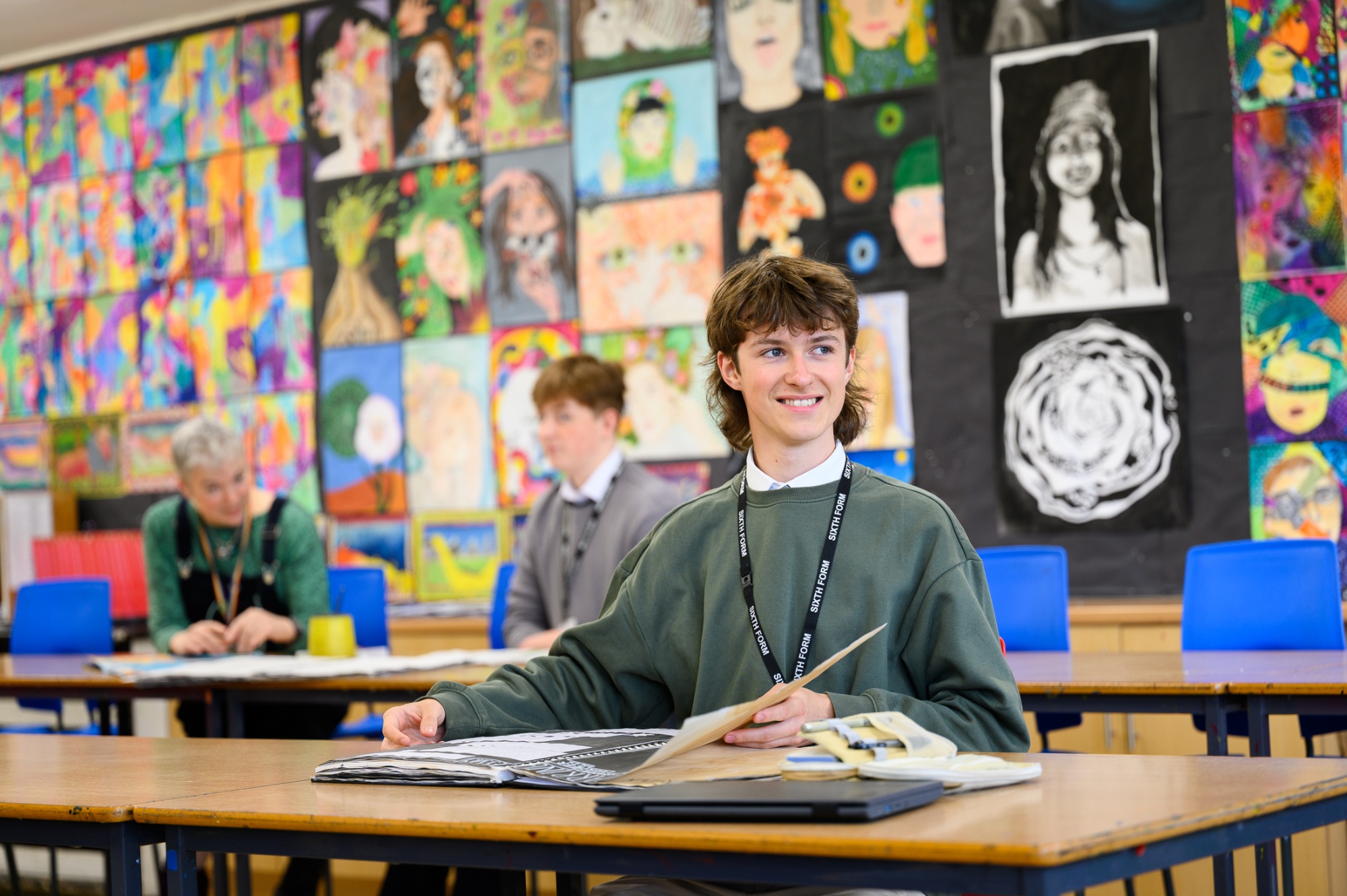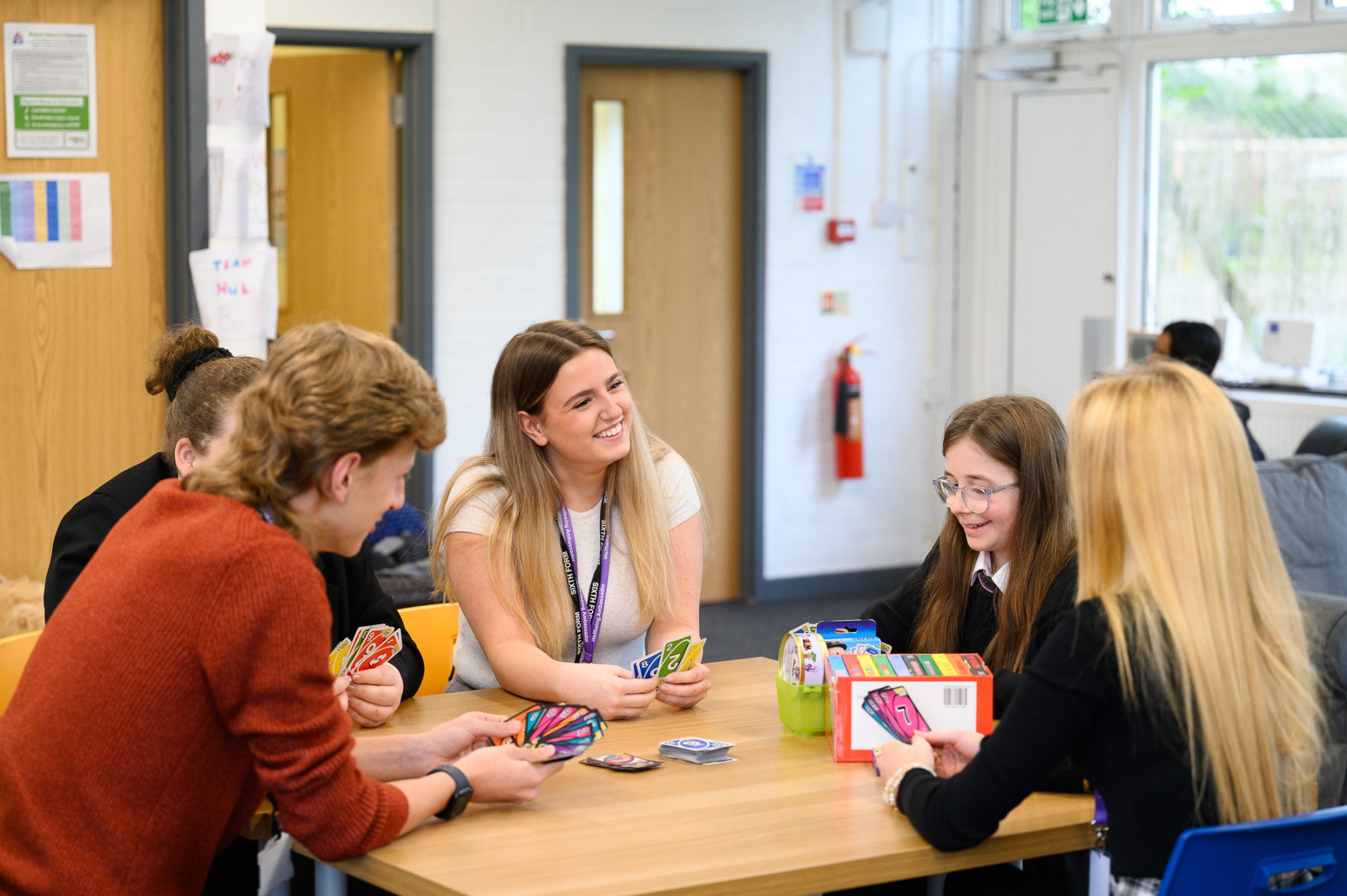Product Design
Examination Board | Pearson Edexcel
Specification Code | 9DT0
Subject Content
Product Design is about equipping students with design skills for the future. Students will be able to recognise design needs and develop an understanding of how current global issues, including integrating technology, impact on today’s world.
At A-Level, students will have the confidence to innovate and produce creative design solutions as they develop their own design brief with a client / end user. The course encourages the development of creativity and innovation.
For a more ‘in depth’ look at the course specification, here is the link:
Pearson.com/specification-and-sample-assessments/Design_and_Technology_Specification
Students will need to provide or fund materials throughout the course for the product they wish to design and make (this could be directly funded by the ‘Client’ for whom they make the product). Copic markers and a mechanical pencil are an essential part of this course - students will be given more information surrounding this).
Assessment Details
In Years 12 and 13 there will be ongoing assessments throughout the course. The students will have ‘Exam Hour’ for this subject at least once a term and there will be 2 formal mock examinations in November and February/March.
Component 1: Principles of Design and Technology (exam) 2 hours 30 minutes- 50% of the qualification (120 marks)
Theory topics include: (this is covered in Years 12 and 13)
- Topic 1: Materials
- Topic 2: Performance characteristics of materials
- Topic 3: Processes and techniques
- Topic 4: Digital technologies
- Topic 5: Factors influencing the development of products
- Topic 6: Effects of technological developments
- Topic 7: Potential hazards and risk assessment
- Topic 8: Features of manufacturing industries
- Topic 9: Designing for maintenance and the cleaner environment
- Topic 10: Current legislation
- Topic 11: Information handling, Modelling and forward planning
- Topic 12: Further processes and techniques.
Component 2 - Non-Examined Assessment
Independent Design and Make Project - Teacher assessed unit 50% of the qualification (120 marks)
Assessment overview (this is broken down into ‘Grids’ that cover more in depth information and requirements)
- Part 1- Identifying opportunities for design
- Part 2- Designing a Prototype
- Part 3 - Making a Prototype
- Part 4 - Evaluating your own design and prototype
Additional Equipment Recommended
- A device that can access the internet and be able to research, create and edit documents and presentations. Ideally, a Chromebook or laptop/desktop PC or Mac.
- Mechanical Pencil
- Copic spirit markers (specific information will be given to students)
What can I do to support my child at home?
- Encourage students to organise their notes and produce revision resources as and when each topic is completed)
- Encourage reading of design and technology news (https://www.wired.com) and new innovations in design, technology and materials.
- Be curious about how things work, take broken products apart to learn more about how they work and what they may be made from (you could even cannibalise them to make something new).
- Watch appropriate ‘design & make’ or ‘how stuff is made’ videos on YouTube
- Provide access to the internet and a device to help with homework via Google Classroom
Websites
- https://qualifications.pearson.com/en/qualifications/edexcel-a-levels/design-technology-product-design-2017
- https://www.technologystudent.com
- http://www.madehow.com
- https://designmuseum.org
- https://www.cat.org.uk
Books
- My Revision Notes: Pearson Edexcel, A Level Design & Technology (Product Design) ISBN-13: 978-1510474154
- Essential Maths Skills for AS/A Level Design and Technology: ISBN-13: 978-1510417069
Teaching Staff Contact Details
Head of Design Technology
Mr Poote - jpoote@cottesloe.bucks.sch.uk
Teacher of Design Technology
Mrs Hankin - chankin@cottesloe.bucks.sch.uk
Product and Design Curriculum Intent and Ethos
Intent
Design and Technology are intrinsic to our lives and are something we often take for granted. The products that surround us, and we use every day, have been meticulously designed to intuitively make even the most mundane tasks seem easy and comfortable. This doesn’t happen by accident. Drawing on skills and knowledge acquired in Maths, Science, Technology and Art, it helps students studying Design and Technology become innovative and enhance the world around them by creating solutions to real-world problems.
Ethos
In Design and Technology, students combine knowledge and understanding alongside practical and technological skills, to respond creatively and design, develop and make products and systems that meet human needs. They learn to use existing and new technologies and also consider the impact of future technological developments. They learn to think critically and creatively and intervene to improve the quality of life, solving problems as individuals and as members of a team. Students work within stimulating contexts that provide a range of opportunities where they can draw on experiences from local, national and international communities and backgrounds.
As designers, students are encouraged to respond with ideas, products and systems that are empathetic, inclusive and challenge expectations. They combine practical and intellectual skills with an understanding of aesthetic, technical, cultural, health, social, emotional, economic, industrial and environmental issues. As they do so, they evaluate past and present design and technology and its uses and effects.
Throughout this valuable subject, students of all abilities and backgrounds develop confidence in knowledge and understanding and practical skills to become discriminating users of products, learning how to apply their creative thinking and innovate. This lays down a heavy foundation for students taking their next steps and a lifelong love of the subject.
Careers in Design and Technology
Our Design and Technology curriculum prepares students for a wide range of exciting and rewarding careers. Some potential career paths include:
- Product Design: Designing a variety of products, from furniture to electronics.
- Engineering: Developing and designing infrastructure and machinery.
- Graphic Design: Creating visual concepts for advertisements, websites, and packaging.
- Architecture: Designing buildings and structures.
- Fashion Design: Designing clothing and accessories.
- Food Technology: Developing new food products and improving food production processes.
- Digital Design: Creating digital graphics, animations, and websites.
- Robotics: Designing and building robots for various applications.






